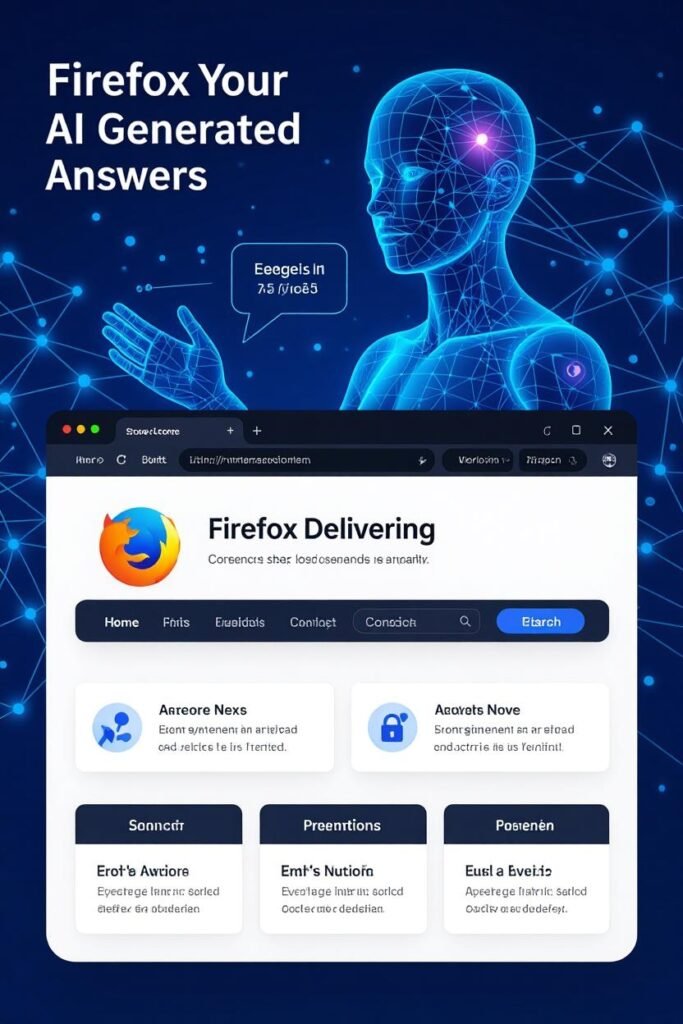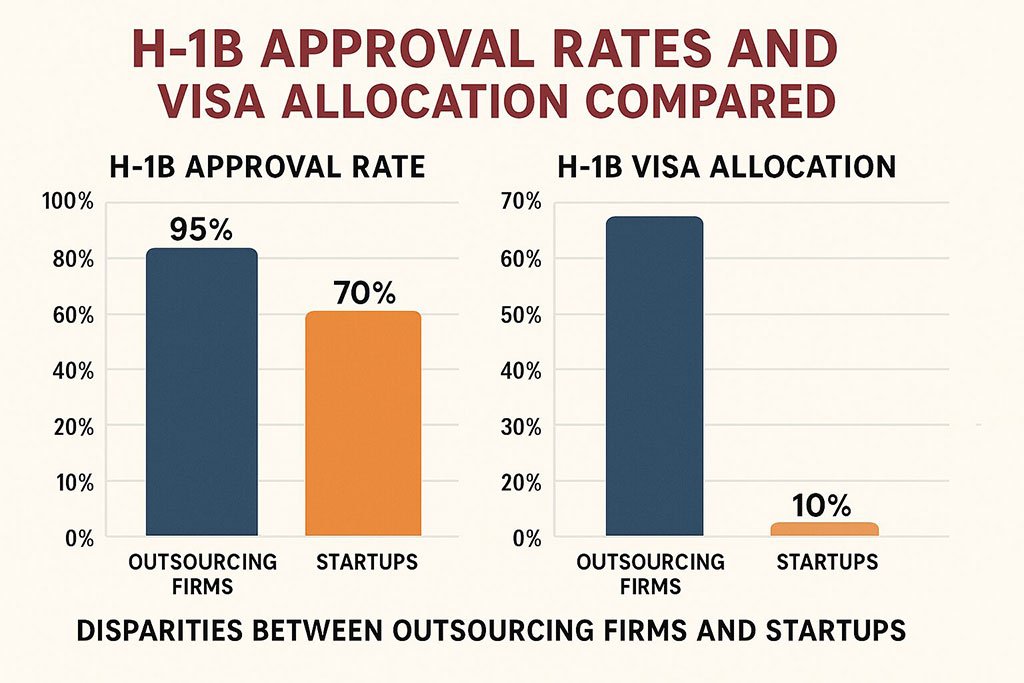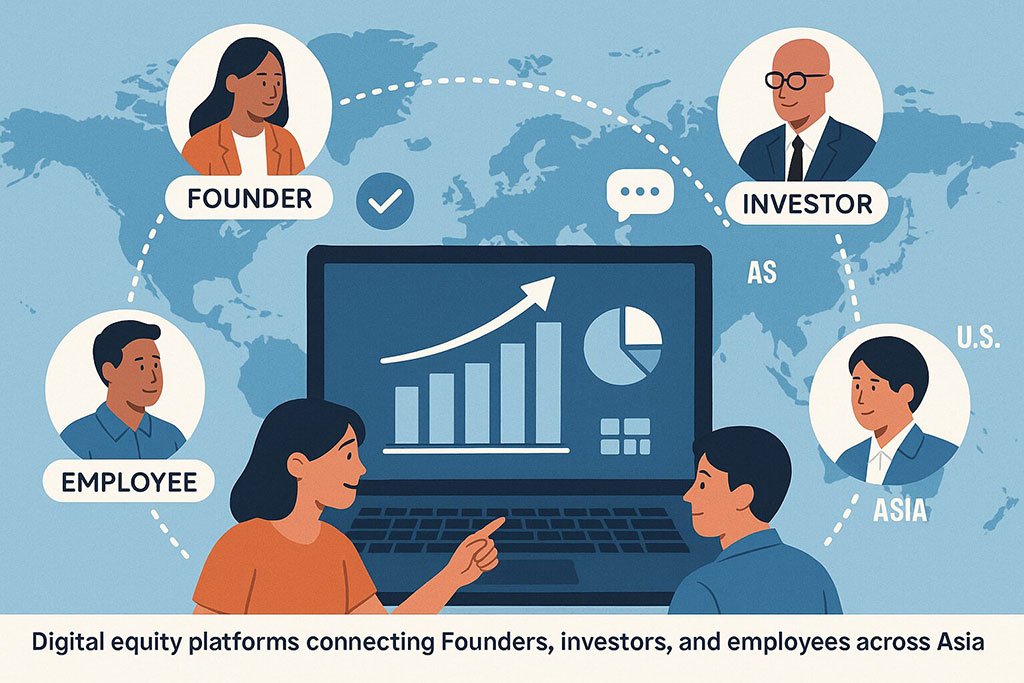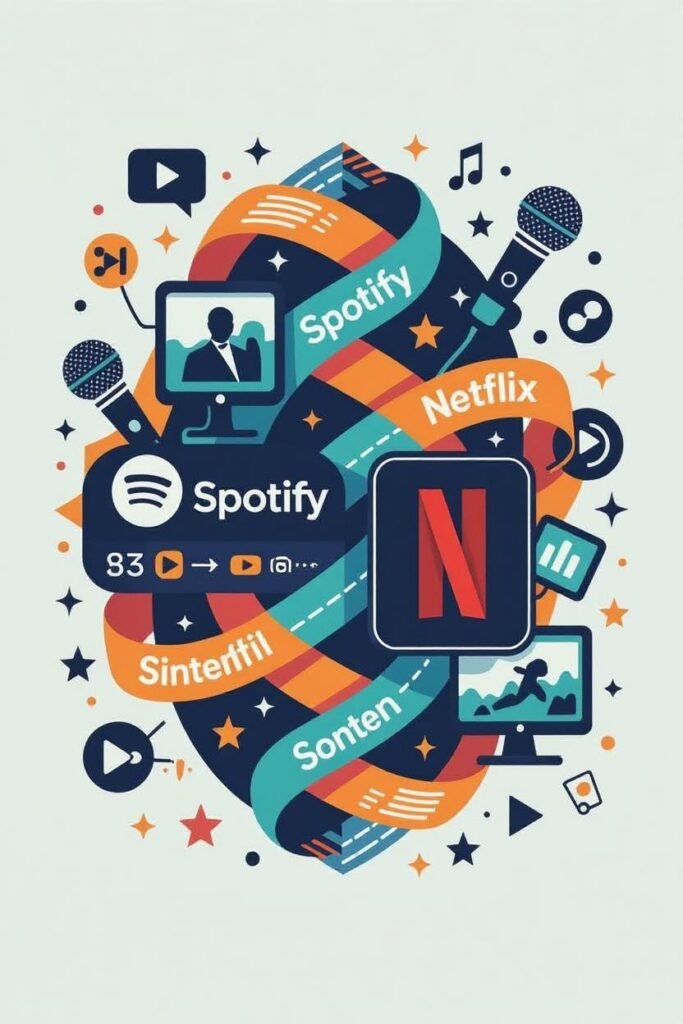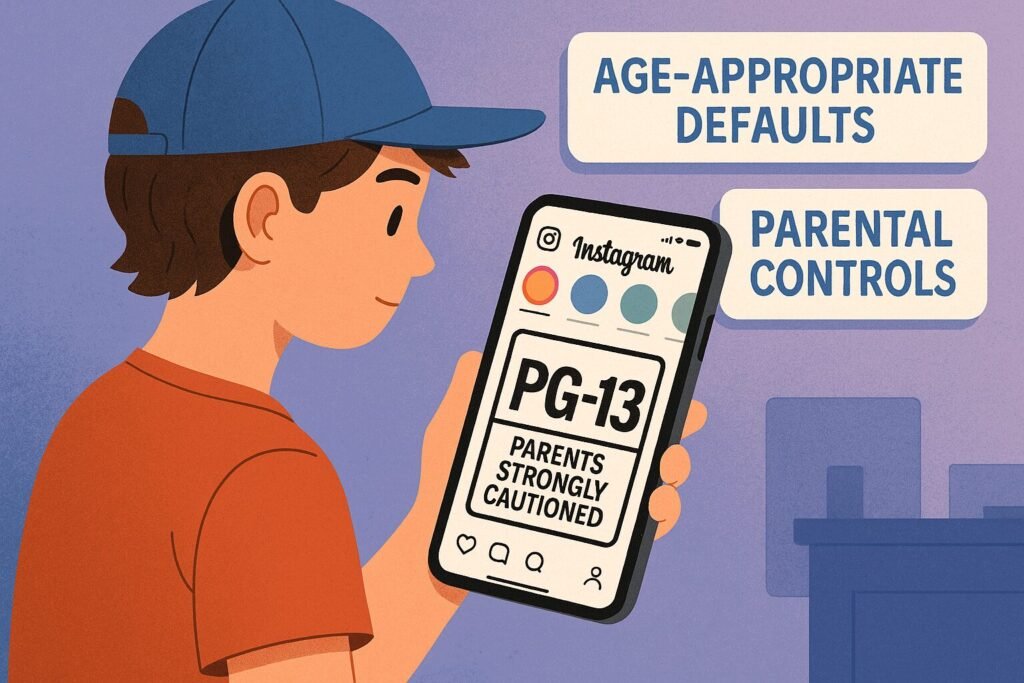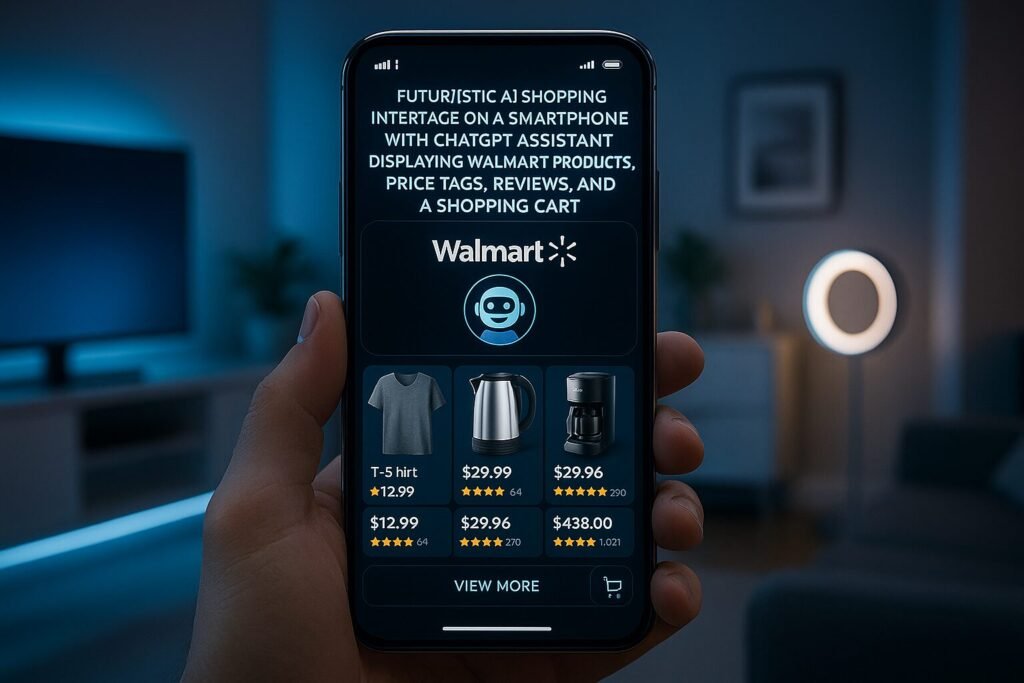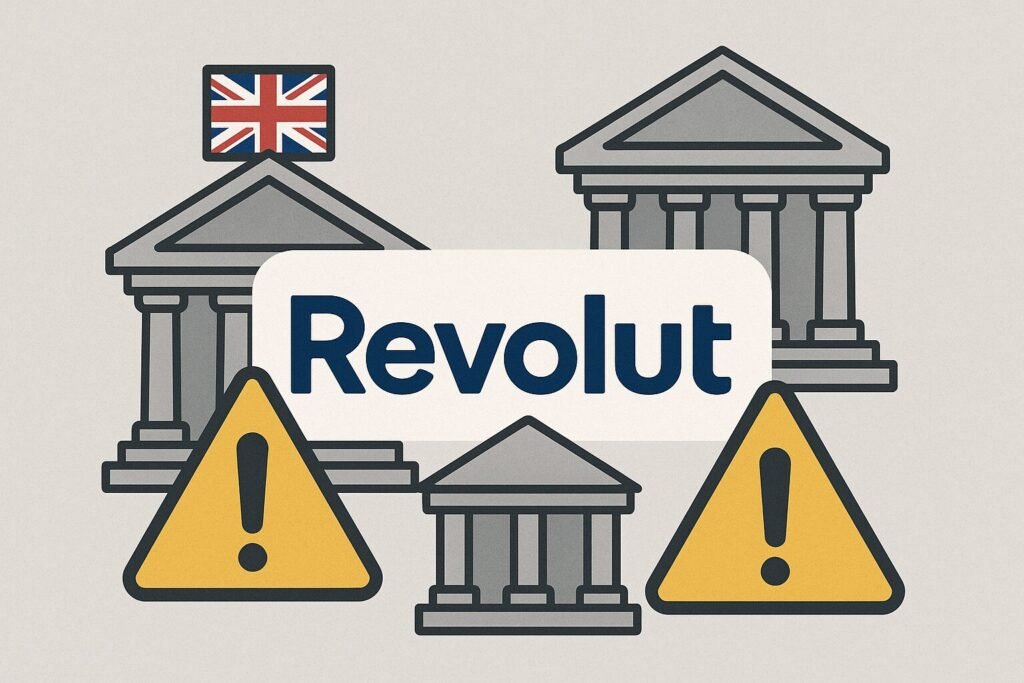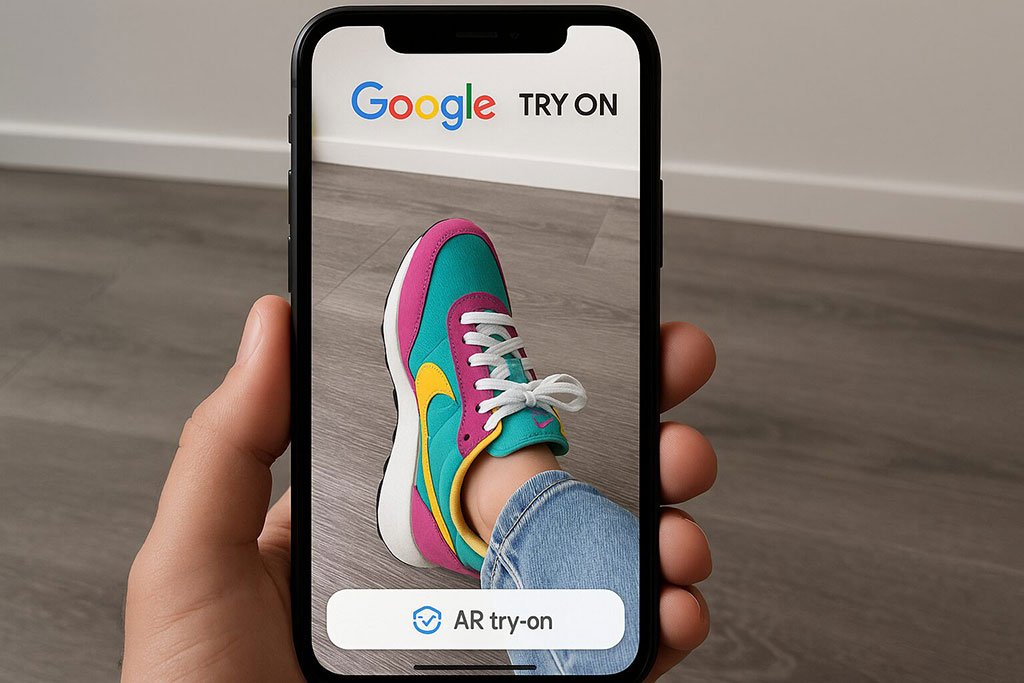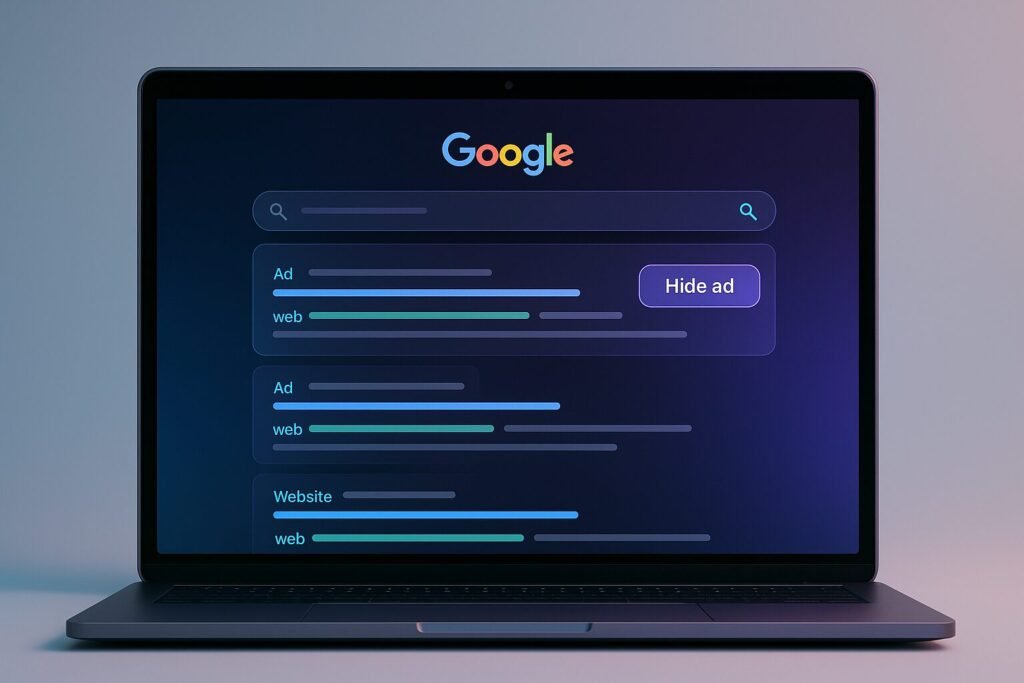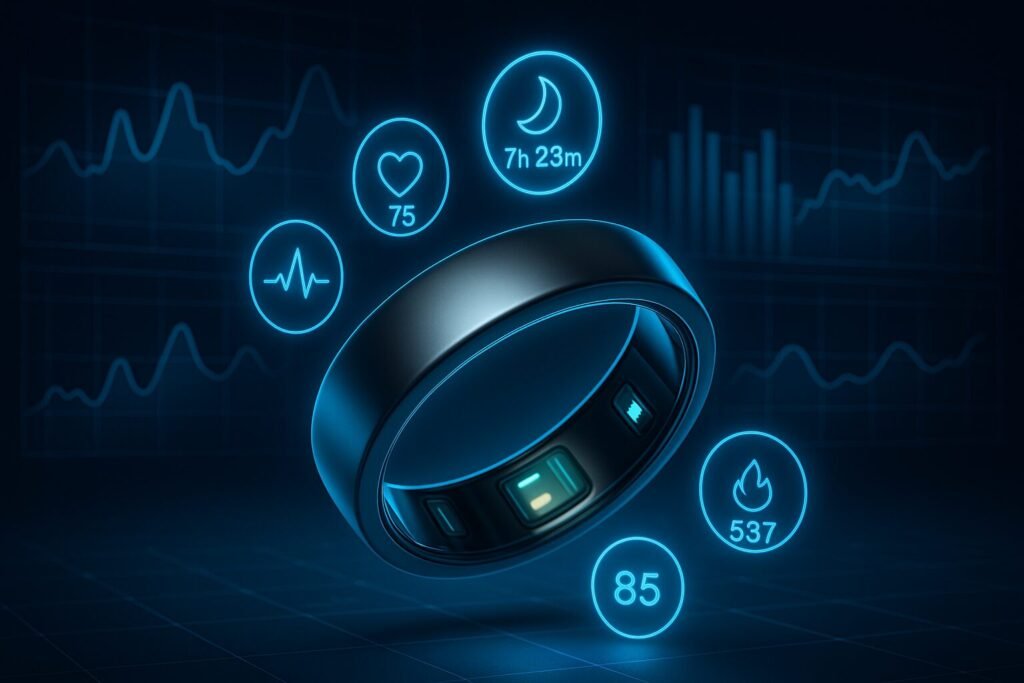Now Reading: Instagram’s chief says the app isn’t listening through your microphone—its AI already knows enough without it.
-
01
Instagram’s chief says the app isn’t listening through your microphone—its AI already knows enough without it.
Instagram’s chief says the app isn’t listening through your microphone—its AI already knows enough without it.
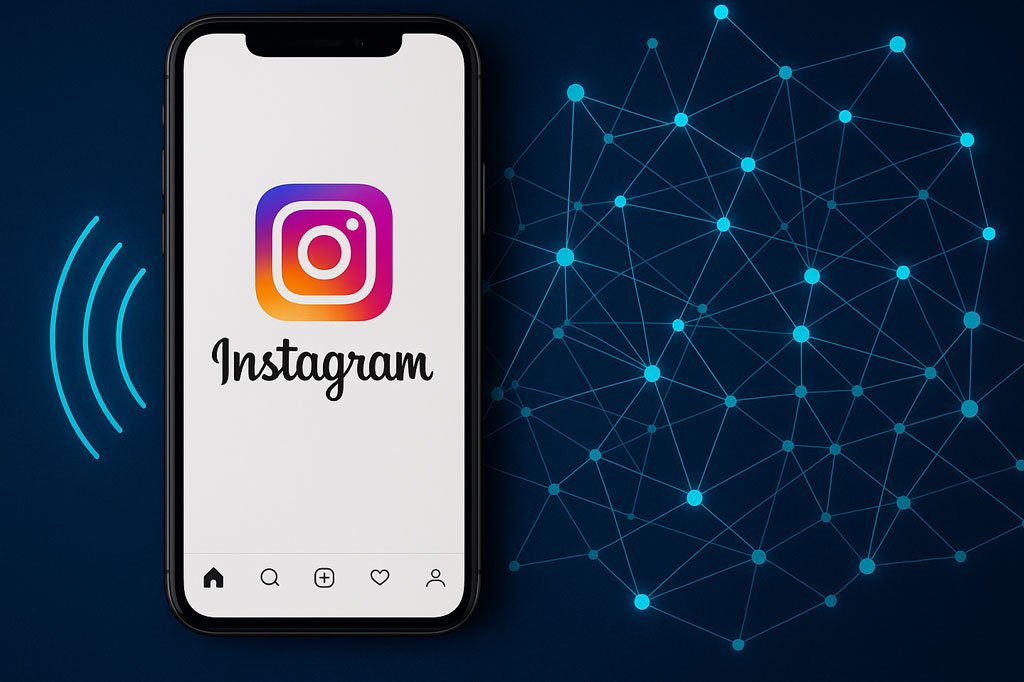
The Long-Standing Question of “Is Instagram Listening?”
If you’ve ever chatted with a friend about a new pair of running shoes only to see sneaker ads on Instagram a few hours later, you’re not alone. Millions of users worldwide have raised the same question: Is Instagram secretly listening through my microphone?
This suspicion has become one of the most persistent myths about social media platforms. For years, people have speculated that apps like Instagram and Facebook use microphone access to capture conversations and feed them into ad-targeting systems. It feels uncanny—almost too precise—to be coincidence.
But according to Instagram’s head, this theory simply isn’t true. In a recent statement, he clarified that Instagram does noteavesdrop on conversations through your microphone. Instead, the platform relies on something arguably more powerful: AI-driven behavioral data. In his words, Instagram doesn’t need to listen, because its artificial intelligence already knows enough about you.
That explanation might calm some fears—but it also opens up a new debate. If Instagram isn’t listening, how does it know so much about us? And should we feel more comfortable, or more uneasy, knowing that AI data has made eavesdropping unnecessary?
Why Users Believe the Microphone Myth
The belief that Instagram listens in stems from three key patterns:
-
Coincidental Timing of Ads
Users often notice ads for products they just mentioned in conversation. When you talk about booking a trip to Bali, and an ad for Bali hotels pops up later, it feels like more than coincidence. -
Opaque Algorithms
Most users don’t understand how recommendation systems and ad targeting work. The lack of transparency fuels speculation that microphones are involved. -
Historical Precedent
Other apps have been caught misusing permissions in the past. In 2019, several smaller apps were exposed for secretly recording audio or accessing devices in the background. That history makes people wary of Instagram.
A viral Reddit thread once documented users saying “dog food” near their phones as an experiment. Many reported seeing ads for pet products within 48 hours, reinforcing the belief that microphones were tapped.
Yet, digital privacy researchers suggest something else is at play: the power of predictive algorithms that connect seemingly unrelated data points.
Instagram’s Official Position: No, We’re Not Listening
The head of Instagram addressed the rumor directly:
-
Instagram does not use your microphone for background listening.
-
Ads are targeted through AI analyzing behavior, not conversations.
-
The sheer amount of digital signals—likes, follows, searches, browsing history, purchases—provides enough data to predict user interests without eavesdropping.
This statement aligns with what digital marketers have known for years: targeted advertising is less about “spying” and more about tracking patterns across billions of interactions.
How AI Replaces the Microphone
To understand why Instagram doesn’t need your mic, we need to look at how AI builds a profile of you that is often more revealing than overhearing a single conversation.
Behavioral Data Mapping
Every time you linger on a post, rewatch a reel, or follow a certain hashtag, Instagram records a micro-signal. AI systems analyze these signals at scale, identifying not just what you like, but also why you like it.
Cross-Platform Insights
As part of Meta’s ecosystem, Instagram has access to data from Facebook, Messenger, and even WhatsApp (at an aggregate level). This creates a panoramic view of your interests and networks.
Predictive Analytics
AI doesn’t just analyze past behavior—it forecasts future desires. If you recently followed a travel influencer and liked beach photos, the algorithm might predict you’re considering a vacation.
PwC’s 2024 Digital Advertising Report found that 72% of targeted ads worldwide are now informed by AI-driven behavioral data rather than direct inputs like search terms or audio cues.
In other words, AI’s predictive power has made microphone snooping irrelevant.
Pros and Cons of AI-Driven Advertising
The Upsides
-
Relevance for Users: Instead of random ads, users see content tailored to their lifestyle.
-
ROI for Businesses: Small businesses can target niche audiences affordably.
-
Less Need for Intrusion: Microphone fears may fade if AI proves sufficient.
The Downsides
-
Privacy Trade-Offs: AI still collects vast amounts of personal data.
-
Opaque Systems: Users rarely understand why they see a certain ad.
-
Power Imbalance: Tech giants like Meta accumulate disproportionate influence.
While users may be relieved that microphones aren’t tapped, the deeper issue remains: we’ve traded one fear (listening devices) for another (AI profiling).
How the World Sees It
From the Industry
Advertisers see AI as a win. It reduces wasted ad spend and maximizes conversion rates. Instead of blasting generic ads, brands can reach highly specific audiences with precision.
From Users
For everyday users, reassurance that microphones aren’t listening doesn’t erase unease. The realization that AI already “knows enough” can feel even more invasive. After all, would you rather have an app overhear a single conversation, or an AI predict your desires before you’ve consciously thought about them?
From Regulators
-
Europe (GDPR & AI Act): Regulators in the EU have strict data-use laws and are drafting rules on AI explainability.
-
United States: Debates on federal privacy laws remain unresolved, but pressure on platforms like Meta is growing.
-
Asia-Pacific: Countries like India and Singapore are tightening data sovereignty rules, requiring that AI-driven insights remain locally stored.
AI Without the Mic
Consider a user in London who searches for “eco-friendly water bottles” on Google, follows a sustainability account on Instagram, and clicks on a climate-change article shared by a friend on Facebook. Within 24 hours, Instagram serves targeted ads for reusable bottles and zero-waste lifestyle products.
At no point was the microphone used—yet the AI’s triangulation of signals created an accurate ad profile.
What feels like “coincidence” is usually an algorithm connecting dots faster than the human brain can.
Should We Be Relieved or Worried?
The irony of Instagram’s admission is that while users are relieved the microphone myth is false, they now face a more complex reality. AI has become so powerful that it doesn’t need to listen—it can predict.
This shift sparks philosophical and ethical questions:
-
Is predictive AI less invasive than eavesdropping, or more?
-
Do users have meaningful control over how their data shapes predictions?
-
How do we balance innovation in advertising with fundamental privacy rights?
As AI becomes the backbone of social media monetization, these debates will intensify.
The End of One Myth, the Start of a Bigger Debate
Instagram’s head may have put the microphone rumor to rest, but his statement also confirmed something profound: AI data has reached a point where listening is obsolete. For users, that means your conversations are safe—but your behavior, clicks, and digital breadcrumbs are more valuable than ever.
The future of privacy will not be about whether platforms are “listening,” but about how responsibly they harness the predictive power of AI. The conversation has shifted from microphones to algorithms, and it’s only just beginning.
Want deeper insights into AI, social media, and privacy? Subscribe to our newsletter for weekly editorials that unpack the human side of digital innovation.
FAQs
-
Does Instagram use my microphone for ads?
No. Instagram denies background microphone use. Ads are targeted via AI data. -
Why do ads appear right after I talk about something?
It’s usually coincidence, or AI predicting interests from your online behavior. -
What data does Instagram collect?
Likes, follows, searches, browsing history, purchases, device info, and more. -
Can I opt out of targeted ads?
You can adjust ad settings, but complete opt-out isn’t possible. -
How does AI predict interests so accurately?
By analyzing thousands of micro-signals, from scrolling speed to post interactions. -
Is microphone access ever used by Instagram?
Only when recording content, not for background listening. -
How do businesses benefit from AI targeting?
They can reach niche audiences affordably and efficiently. -
What are regulators doing about AI profiling?
The EU is pushing stricter AI transparency laws; other regions are catching up. -
Is AI profiling more invasive than listening?
Many experts argue it is—because it predicts what you’ll want before you know it. -
How can I protect my privacy?
Review app permissions, limit cross-platform logins, and stay updated on policy changes.
Disclaimer:
All logos, trademarks, and brand names referenced herein remain the property of their respective owners. Content is provided for editorial and informational purposes only. Any AI-generated images or visualizations are illustrative and do not represent official assets or associated brands. Readers should verify details with official sources before making business or investment decisions.




